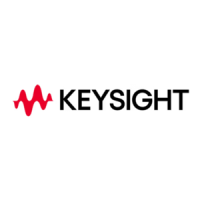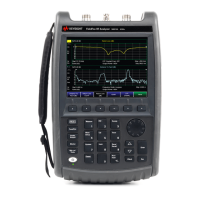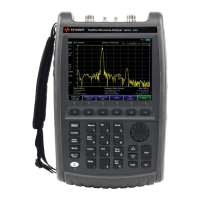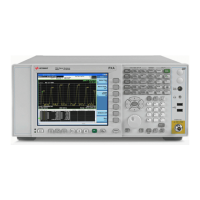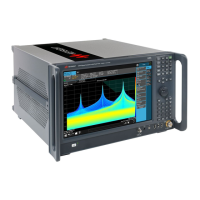33
Status Registers
Status Register System
The standard event status register contains following bits:
The standard event status register is used to determine the specific
event that set bit 5 in the status byte register. To query the
standard event status register, send the command *ESR?. The
response will be the decimal sum of the bits which are enabled (set
to 1). For example, if bit number 7 and bit number 3 are enabled,
the decimal sum of the 2 bits is 128 plus 8. So the decimal value
136 is returned.
In addition to the standard event status register, the standard
event status group also contains a standard event status enable
register. This register lets you choose which bits in the standard
event status register will set the summary bit (bit 5 of the status
byte register) to 1. Send the *ESE <integer> command where
<integer> is the sum of the decimal values of the bits you want to
enable. For example, to enable bit 7 and bit 6 so that whenever
either of those bits is set to 1, the standard event status summary
bit of the status byte register will be set to 1, send the command
*ESE 192 (128 + 64). The command *ESE? returns the decimal
value of the sum of the bits previously enabled with the *ESE
<integer> command.
Bit Description
0 Unused
1 Request Bus Control: This bit is always set to 0. (The analyzer does not request control.)
2
Query Error: A 1 in this bit position indicates that a query error has occurred. Query errors have SCPI error
numbers from 499 to 400.
3
Device Dependent Error: A 1 in this bit position indicates that a device dependent error has occurred. Device
dependent errors have SCPI error numbers from –399 to –300 and 1 to 32767.
4 Execution Error: A 1 in this bit position indicates that an execution error has occurred. Execution errors have
SCPI error numbers from –299 to –200.
5
Command Error: A 1 in this bit position indicates that a command error has occurred. Command errors have
SCPI error numbers from –199 to –100.
6
User Request Key (Local): A 1 in this bit position indicates that the [Preset/System] (Local) key has been
pressed. This is true even if the analyzer is in local lockout mode.
7
Power On: A 1 in this bit position indicates that the analyzer has been turned off and then on.
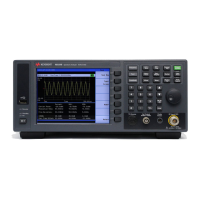
